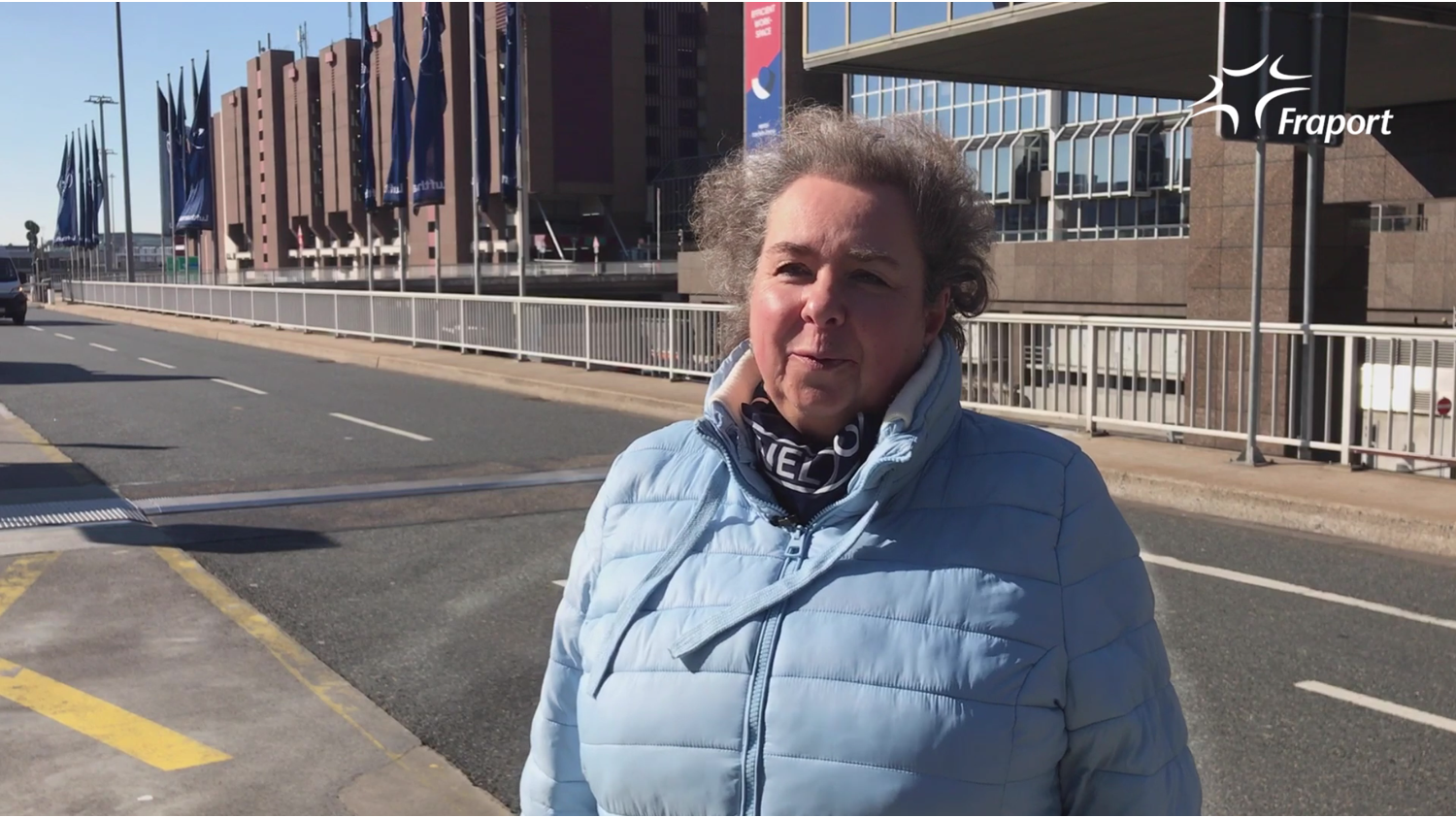Frankfurt Airport Marks 50th Anniversary of Terminal 1
Inauguration took place on March 14, 1972 – Terminal combined all processes under one roof for the first time, from check-in to boarding – Introduction of intermodal transport
On March 14, 1972, Frankfurt Airport (FRA) entered a new era: Terminal 1, one of the most advanced facilities of its kind anywhere in Europe, opened its doors to the public. For the first time, all key passenger-facing processes, from check-in to boarding, were under one roof. The same date saw the launch of intermodal transportation at Frankfurt Airport: the underground regional train station gave the airport direct access to Germany’s nationwide rail network.
“The inauguration of Terminal 1 marked a new era for the airport,” remarked Dr. Stefan Schulte, CEO of Fraport AG, the company that operates Frankfurt Airport. “Larger aircraft, rapid transfers, a baggage handling system that was a world first, plus state-of-the-art infrastructure – all this cemented the airport’s position as Germany’s leading aviation hub. And in association with our partners, we have continued to evolve the airport over the last half century.”
A long-term vision
Plans for the new “Central Terminal”, as it was initially named, were first drawn up in the 1950s. The construction project itself took seven years and employed up to 2,500 workers on site. Capital expenditure on the terminal facilities and the underground railway station totaled around a billion Deutschmarks. The backbone of terminal operations was and remains the baggage handling system; from the very outset, it was the key to enabling passenger transfer times of just 45 minutes.
CEO Schulte explained: “The planners had a long-term vision. The opening of the regional train station was the basis for successful intermodal transport links. Back in 1974, there were 100 trains a day to the airport. Now, we have over 500 regional and long-distance services. And we remain a pioneer in integrated transportation. No other German airport has better access to the rail network.”
The terminal was initially designed for approximately 30 million passengers annually. In 1972, the airport handled some 12 million travelers. The 30-million mark was exceeded for the first time in 1992. 2019 was the busiest year ever, with 70 million passengers, 80 percent departing or arriving via Terminal 1.
Since the terminal’s inauguration, Fraport has invested around 4.5 billion euros in its expansion and further improvement.
Preparing for the future
Terminal 1 remains the heart of the airport and a prime example of successful ongoing development of existing infrastructure. Under the banner of “Building the Future – Transforming Terminal 1”, the facility will see additional enhancements. From 2027, 16 security lanes, with a new layout and the latest technology, will ensure smooth passenger flows and transfers. Furthermore, passengers will be invited to shop in the refurbished marketplace in the airside area of Pier B.
In close cooperation with the airlines, Fraport has already introduced many digital and automated processes throughout the airport, and continues to roll out more. Biometrics, for instance, will make the entire passenger experience faster and more convenient.
In the future, it will be possible to take the Sky Line shuttle from the north to the south of the airport via a new station at Terminal 1. The people mover will take just eight minutes to travel between Terminal 1 and Terminals 2 and 3.
Schulte concluded: “The aviation industry has weathered a number of major crises over the last 50 years. And we remain in the midst of the most serious crisis of all. Nevertheless, I am confident that, in the long term, the volume of air travel will rise again. The construction of Terminal 3 means we will be well prepared, and we have laid the groundwork for future growth. We are also proactively tackling challenges such as climate change, further noise control, and digital transformation. We are writing the next chapters in our success story. Our investments benefit the Frankfurt region and the national economy, as well as our customers and employees at Germany’s gateway to the world.”

